Has your child complained of persistent headaches? Is your child suffering from migraines or is the pain a result of sinusitis?
Migraines are often misdiagnosed as sinus headaches (as a symptom of sinusitis). It is important to always consult your child’s physician for an accurate diagnosis. If the child lacks other symptoms of a true sinus infection, including yellow or green discharge and fever, his pains may be solely migraine related.
Read more to find out more about each of these ailments, their symptoms, why they affect children so intensely and what you can do to help comfort your child.
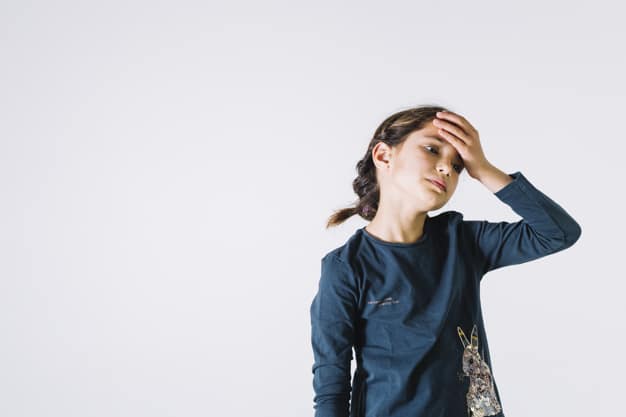
Migraines
What is a migraine? A migraine is a severe headache that results from a change in the size of arteries inside and outside of the brain. Studies indicate that migraines are caused by a combination of genetic and environmental factors while it appears that genetics seem to have the greater impact. Migraines are widely prevalent but often go undiagnosed in children.
Types of migraines
There are mainly two types of migraines which children suffer from. They are classified as migraines with aura (classic migraines) and migraines without aura (or common migraines).
Aura is considered a warning or visual disturbance (could be in the form of blind spots, sparkles, flashing lights, numbness or tingling, dizziness, muscle weakness and more) that signals the onset of a migraine and commonly occurs an hour prior to the actual migraine. Migraines with aura are less common and make up only about 15 to 20 percent of those that affect children.
Symptoms:
- Head pain
- Pounding or throbbing pain aggravated by physical activity
- In children and adolescents, migraine pain is felt in the front and both sides of the head.
- On average, migraine pain can last for about four hours, but in severe cases may last up to a week.
- Sensitivity to light, noise, and odors
- Nausea or vomiting
- Fatigue,
- Dizziness,
- Blurred vision
- Loss of appetite
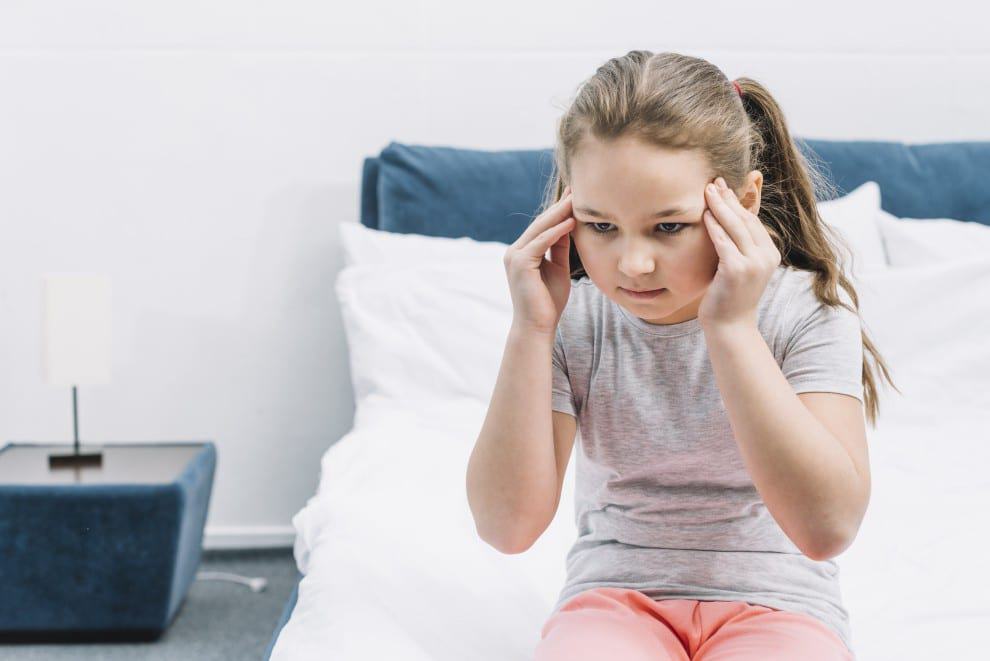
What are some triggers?
While a genetic link explains why some children experience migraines, there are external factors that do trigger them. Some of these triggers include;
- Changes in sleep schedule
- Changes in eating patterns
- Caffeine
- Sensitivity to food preservatives/chemicals
- Weather changes
- Medication
- Stress related to emotional turbulence, separation from parents (preschoolers), family disputes, academic and social pressures (older children), etc.
Treatment
There are some ways that you can help ease the draining symptoms of the migraine attacks.
- Have your child lie down in a cool, dark, quiet room.
- Teach your child a relaxation technique that involves relaxing all the muscles in the body, then stretching or contracting the muscles, then relaxing and repeating.
- Place a cool compress or ice pack on the child’s forehead.
- Massage the child’s temples, neck or shoulders.
- Offer a light savory snack to help ease nausea.
- Some studies suggest that a brain freeze may be worth a try. Drinking ice-cold water through a straw, having slushed ice, a popsicle or some ice-cream until a brain freeze occurs may relieve the pain of a migraine.
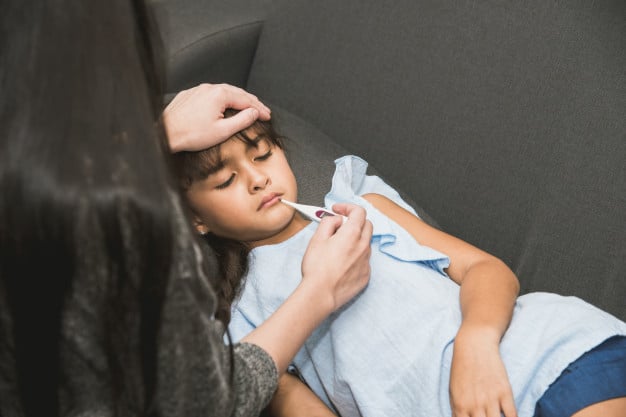
Sinusitis
What is Sinusitis? It is an infection of the sinuses around and near the nose which normally occurs after a cold or allergic reaction. It is usually diagnosed by a doctor after evaluating a child’s symptoms, but sometimes x-rays, CAT scans or sinus cultures are necessary to be 100% sure that sinusitis is accurately diagnosed.
Symptoms:
| Younger children (under 5 years of age) | Older children (over 5 years of age) and adolescents |
|
|
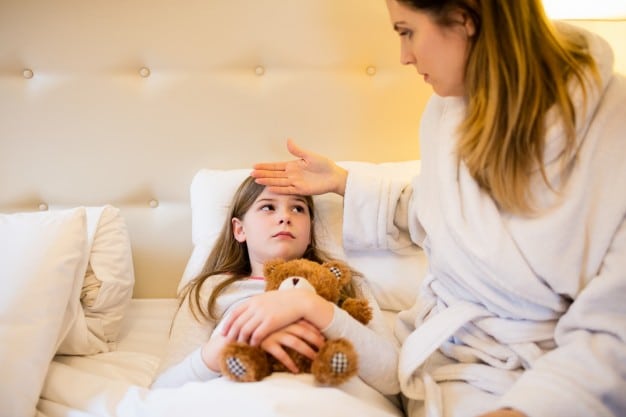
What are the treatments?
There are different recommended treatments for the different types of sinusitis. It is important that you refer to your doctor for the most appropriate medical treatment to ensure that your child is comfortable.
However, in addition to the recommended medical treatment, there are some natural remedies that you can try from the comfort of your own home to relieve your child of the discomforting symptoms. By reducing sinus pain and congestion, you can take care of your child’s sinus headache. You may do this by:
- Using a cooling humidifier in your child’s room; the cool temperature and slight humidity can reduce inflammation in the sinuses and help your child breathe a little better.
- Using a saline spray or wash such as Nisita® to flush his/her nasal passages
- Encouraging the increase of water intake
- Applying a warm compress over your eyes and nose can help loosen secretions in the nasal passages
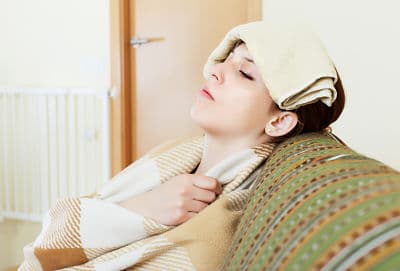
Sources:
- Cleveland Clinic: https://my.clevelandclinic.org/health/diseases/9637-migraines-in-children-and-adolescents
- Stanford (Lucille Packard Children’s Hospital): https://www.stanfordchildrens.org/en/topic/default?id=sinusitis-in-children-90-P02063
